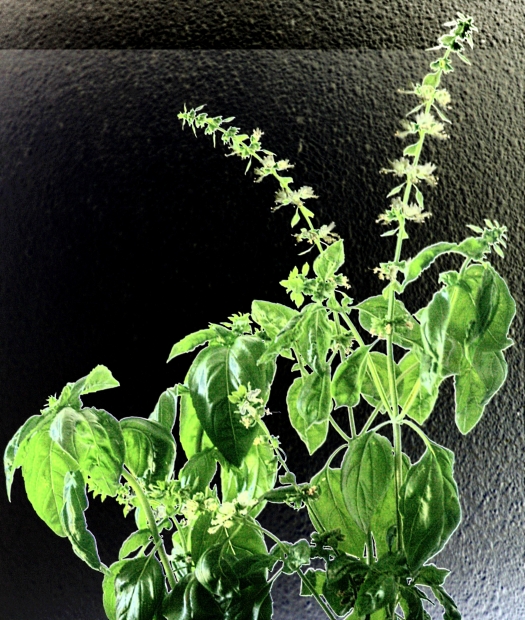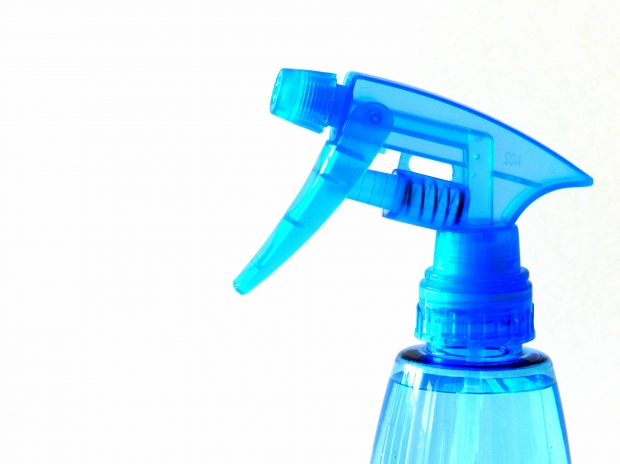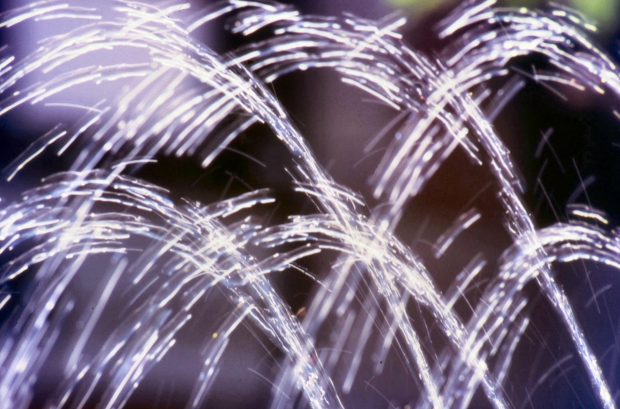 Loading... Please wait...
Loading... Please wait...Save Money. Grow Your Own!
Fast Plain Box Shipping.
We ship to the US & Canada.
Grow Your Own!
Beginners' Guide to Foliar Feeding
Posted on 19th Apr 2016
If you're just starting out in hydroponics, you have to know about the basics of this kind of gardening -- how plants get light, water and nutrients, and how they proceed towards healthy harvests. But there's another very basic thing that in some ways is actually pretty advanced. Even though it's something that you might think you'd read about later in your hydroponics career, it's really a way to make things simpler in your gardens.
The idea is called foliar feeding, and it’s often referenced through specific technique names such as FogPonics. Foliar feeding has everything to do with the ways that advanced science has brought new efficiency to hydroponic gardening and made it a lot easier for today's growers.

What is Foliar Feeding?
Essentially, foliar feeding is when you spray nutrient-rich water on plants in order to help them digest nutrients through their stems and leaves, rather than through their roots.
If you know a little about hydroponics already, you know that it's all based on delivering water through irrigation channels to the roots of the plant. The plant then takes up these nutrient solutions, in some ways, the same as they would in soil. So hydroponic gardening traditionally has been the process of replacing soil with water-based solutions.
But foliar feeding is turning the tables on everything. It's helping gardeners to take shortcuts with a growing process that won't harm the plants -- in fact, in many cases, foliar feeding can be a lot more effective in keeping plants alive.
A Beginner Thing – Yet Not a Beginner Thing
In years past, foliar feeding was something that only advanced growers talked about. That's because it was still seen as a kind of esoteric fringe science applied to hydroponic gardening.
Nowadays, you'll see it's even catching on in the world of soil-based gardening. All kinds of farmers and growers are adding foliar feeding techniques because they make it easy to apply nutrients to a set of plants. Instead of trying to get plants to absorb these chemicals through their roots, growers simply spray the water on, and plants absorb it through small glands called stomata that are in the node where the leaf meets the stem.
Getting Your Equipment Ready
Getting equipment ready for foliar feeding is as simple as collecting the nutrient water and putting it into spray bottles. Then you will manually go down the rows and spray plant spray plants with bottles until they are well covered. You can automate these solutions with things like the kinds of sprinkler systems that you see in supermarkets to keep produce fresh.

Testing Foliar Feeding
The real key is in testing your foliar feeding process. You want just the right amount of nutrients, but not enough to overpower plants.
First, a lot of experts recommend not getting rid of root feeding altogether. Doing an all- foliar feeding solution isn't very practical for a number of reasons.
With that said, you have to make sure that the foliar feeding and the root feeding go well together. You want to know the exact mix of nutrients that you need.
One low-tech way to do this is to set up a variety of test cases. Use different amounts of different plants, and target the plants that seem brightest and healthiest. Then tailor your feeding regimen to those plants, and eventually you'll come up with the right solutions.

Here's a shortcut some growers are talking about -- they'll actually pull plants from each test set and send them to a lab to see how many nutrients are in them. This takes a lot of the guesswork out of the process, where you can actually measure your methods and adjustment feeding so that plants get a healthy amount of nutrients.
It's all part of fine-tuning your hydroponic process in basic ways that will help beginners to get knowledgeable and successful with hydroponics quickly.
